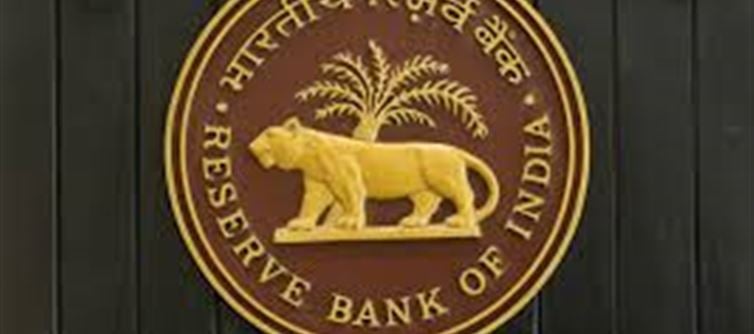
Reserve bank of india (RBI) is the central bank of India. It was formed in 1935 on the advice of the Hilton-Young Commission. It is the largest organization to control money and banks in India. Its main job is to maintain stability of money in India. This means keeping the value of the rupee stable so that inflation does not increase. The head office of RBI was earlier in Kolkata, but in 1937 it was shifted to Mumbai. In 1949, RBI was completely taken over by the government of India.
Main objectives of RBI
Stability of money: RBI ensures that the value of the rupee remains stable. This keeps inflation low and people can buy things easily.
Economic development: RBI promotes the economic development of the country. It regulates banks and other financial institutions.
Financial stability: RBI monitors banks and financial institutions so that they work properly and people's money is safe.
What is monetary policy?
Monetary policy is the way RBI controls the amount of money, interest rates and lending in the country. Its main objective is to control inflation and promote economic growth. In 2016, RBI adopted a new rule called "flexible inflation targeting". Under this, RBI tries to keep inflation around 4%, which can be 2% more or less.
Main tools of RBI
RBI uses several tools to control money and interest rates. These are:
Repo Rate: This is the interest rate at which RBI lends money to banks for one day. If the repo rate increases, it becomes expensive for banks to borrow. Due to this, they lend to their customers at a higher interest rate, which reduces the amount of money and controls inflation.
Reverse Repo Rate: This is the interest rate at which RBI takes money from banks. This can reduce the amount of money in the market.
Liquidity Adjustment Facility (LAF): This is a way in which RBI lends or borrows short-term funds to banks.
Marginal Standing Facility (MSF): This allows banks to borrow additional money in case of an emergency.
Corridor: This is the difference between the MSF and the reverse repo rate, which controls interest rates in the market.
Bank Rate: This is the rate at which RBI buys or discounts bills of banks. It is linked with the MSF.
Cash Reserve Ratio (CRR): Banks have to keep a part of their deposits with the RBI. If the CRR increases, banks have less money to lend.
Statutory Liquidity Ratio (SLR): Banks have to keep a part of their deposits in government bonds, cash or gold. This affects the lending capacity.
Open Market Operations (OMOs): RBI buys or sells government bonds to control the amount of money in the market. Selling bonds reduces money and buying them increases money.
Market Stabilisation Scheme (MSS): It was started in 2004 to remove excess money from the market.




 click and follow Indiaherald WhatsApp channel
click and follow Indiaherald WhatsApp channel